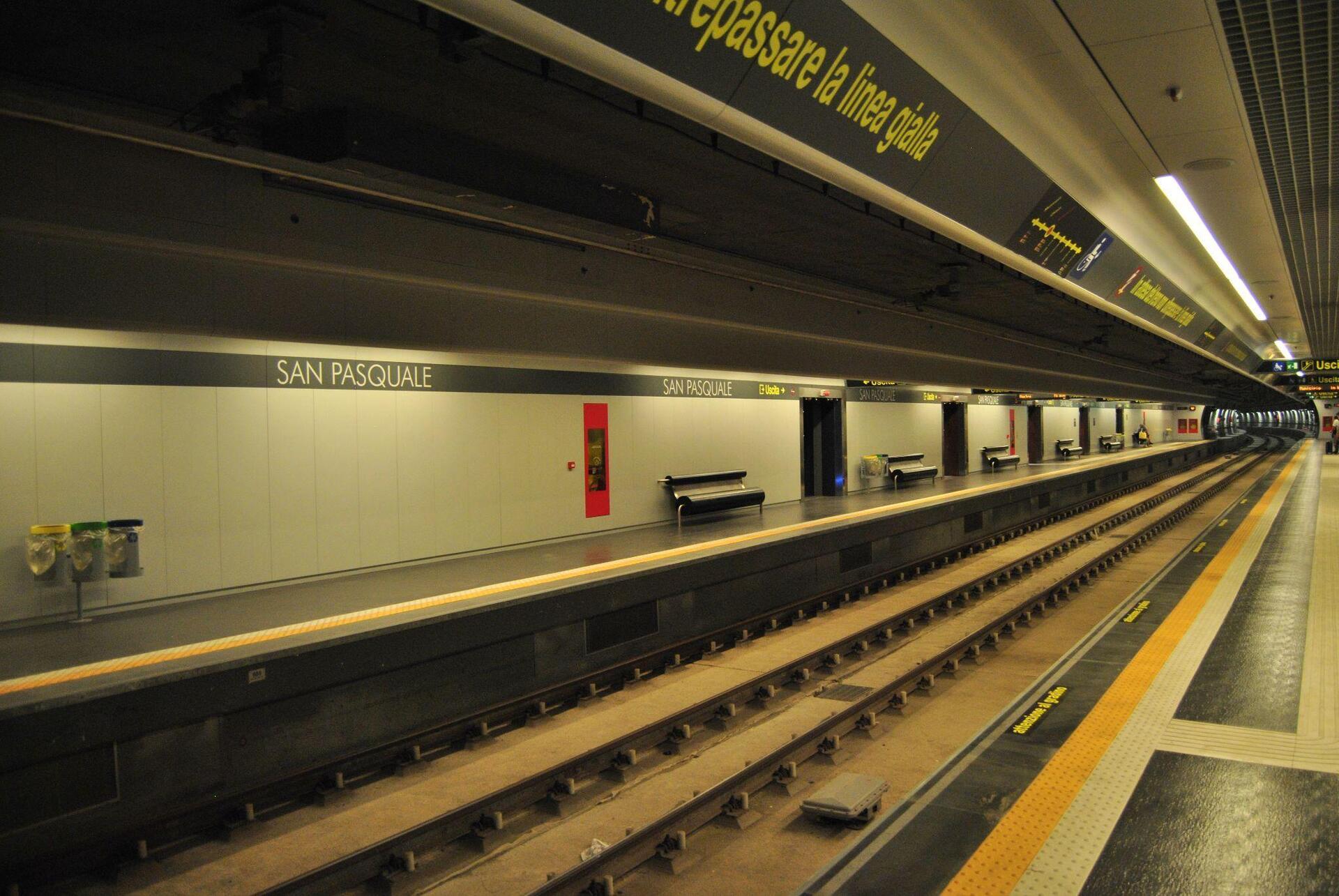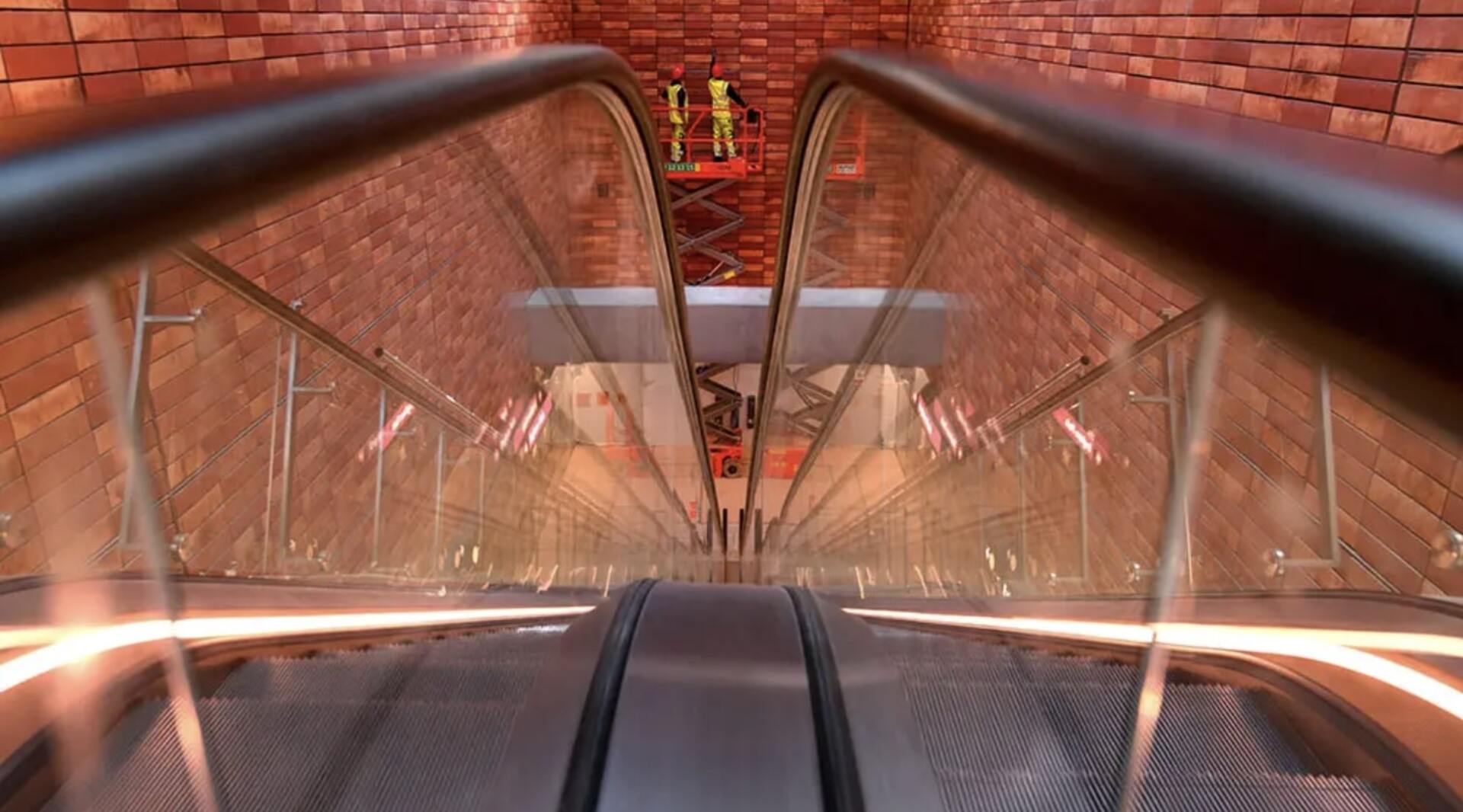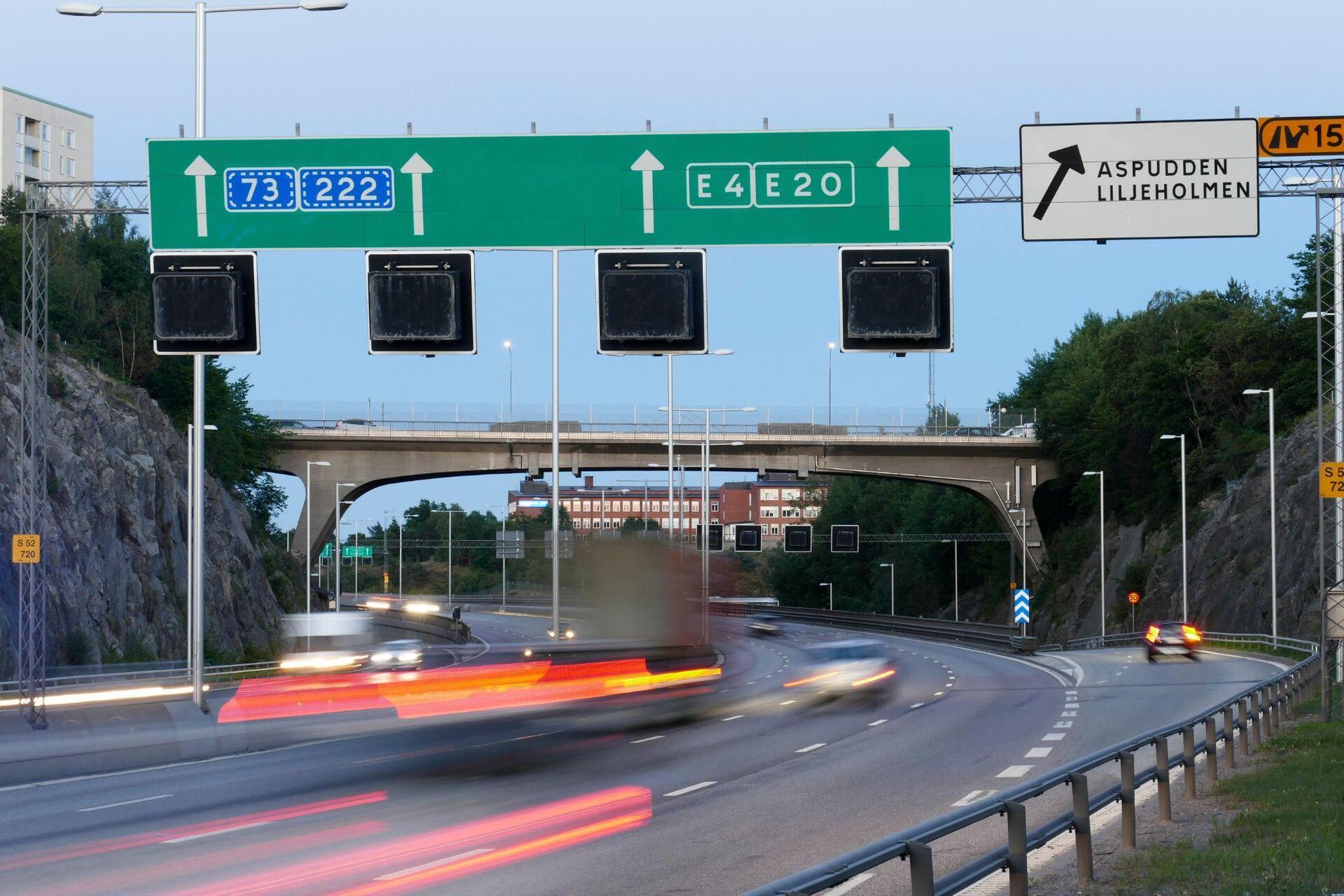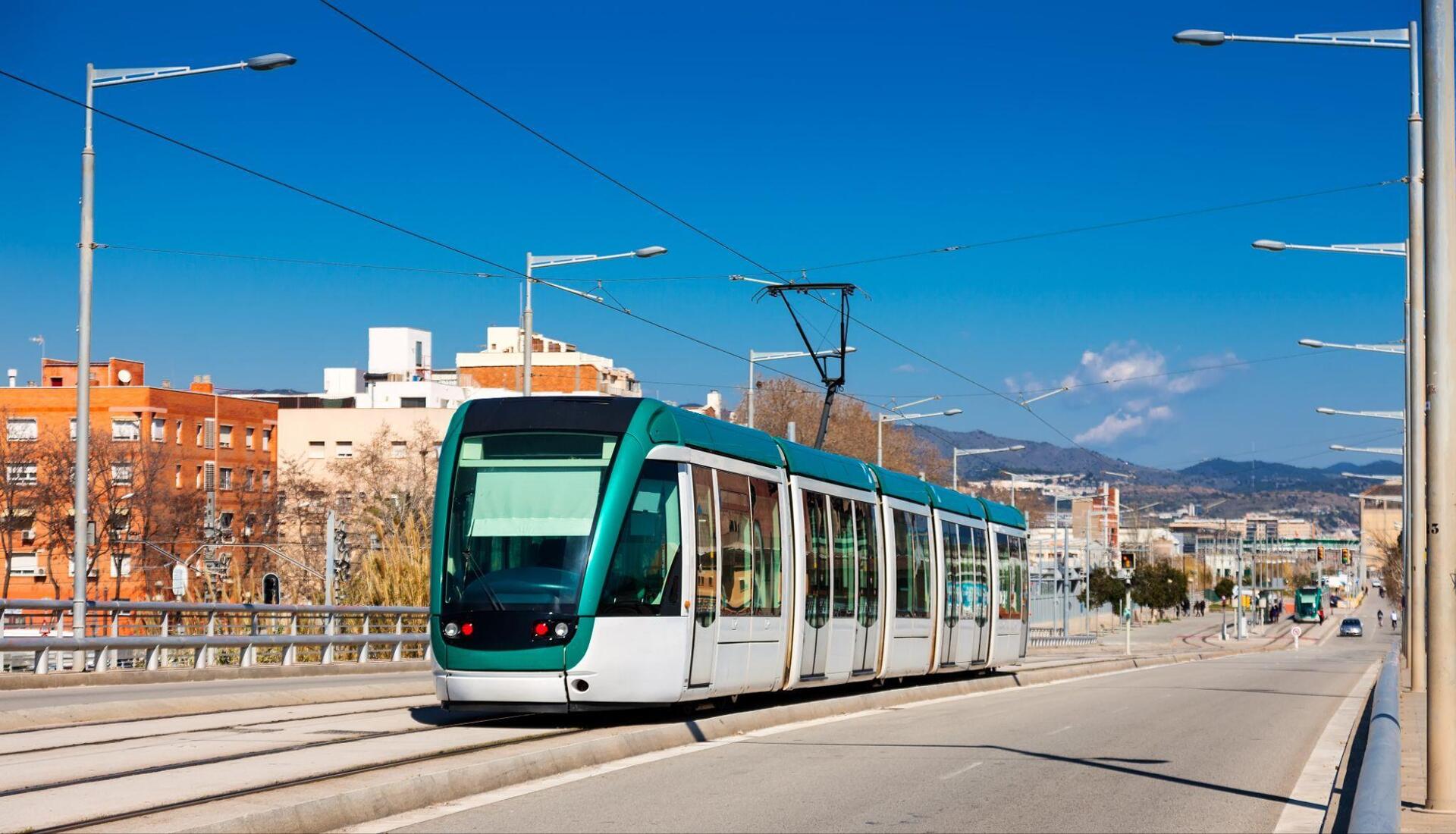Sustainability in all its forms has become an essential part of mobility. Every innovation in the transportation infrastructure sector must incorporate it, as it represents a fundamental pillar for the future.
Subways and metro stations, highway construction, and urban roads all demonstrate that this transformation is already underway, helping to increase responsible, sustainable transportation.
1 – Naples, San Pasquale Metro Station
Naples’ San Pasquale metro station, built by Webuild, combines functionality with beauty. Located 35 meters underground and spread across five levels, it evokes the sea with large blue panels covering the walls and corten steel cladding that suggests a sunken ship.
Situated along the Lungomare Caracciolo, this metro station is part of a broader urban regeneration project that transforms Largo Pignatelli into a pedestrian square and highlights the archaeological remains of the Villa degli Invitti.
Moreover, it marks an important step toward integrated and sustainable mobility in the city, easing car traffic and improving connections between neighborhoods through public transportation.
2 – Copenhagen, Cityringen
Copenhagen’s Cityringen, a metro transportation project completed by the Webuild Group, is a modern infrastructure featuring an underground loop with two tunnels, each 15.5 km long, and 17 stations situated about 30 meters below ground.
The line is fully automated, operates 24/7, and can carry up to 72 million passengers annually. It is designed as an integral part of the city’s strategy to become the world’s first carbon-neutral capital.
3 – Paris, Grand Paris Express
The Grand Paris Express project in the Île-de-France region, on which Webuild is working on two sections, is a metro transport network approximately 200 km long, designed to connect nearly all the municipalities in the Paris metropolitan area.
Aimed at improving urban mobility and enhancing sustainable transport, this public transportation infrastructure seeks to remove thousands of vehicles from the roads daily and cut CO₂ emissions, contributing to the vision of a zero-emission capital by 2050.
4 – Stockholm, Gothenburg, Malmö, Sweden
In 2025, Sweden will inaugurate the world’s first electrified highway, along the E20 between Stockholm and Gothenburg.
The roadway will feature an Electric Road System (ERS) capable of charging electric vehicles while they are in motion, reducing the need for stops and extending their range. This pioneering step moves toward more interconnected and sustainable mobility, potentially paving the way for a new model of European road infrastructure.
5 – Barcelona, Spain
Barcelona is a prime example of sustainable urban transport and urban renewal, thanks to a strategy that combines efficient public transportation with the expansion of pedestrian areas.
The city has improved connections between metro, tram, and bus networks, encouraging greater use of public transport by both residents and tourists. At the same time, extensive pedestrian zones make walking safer and more enjoyable, helping to reduce car traffic and emissions.






